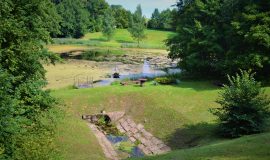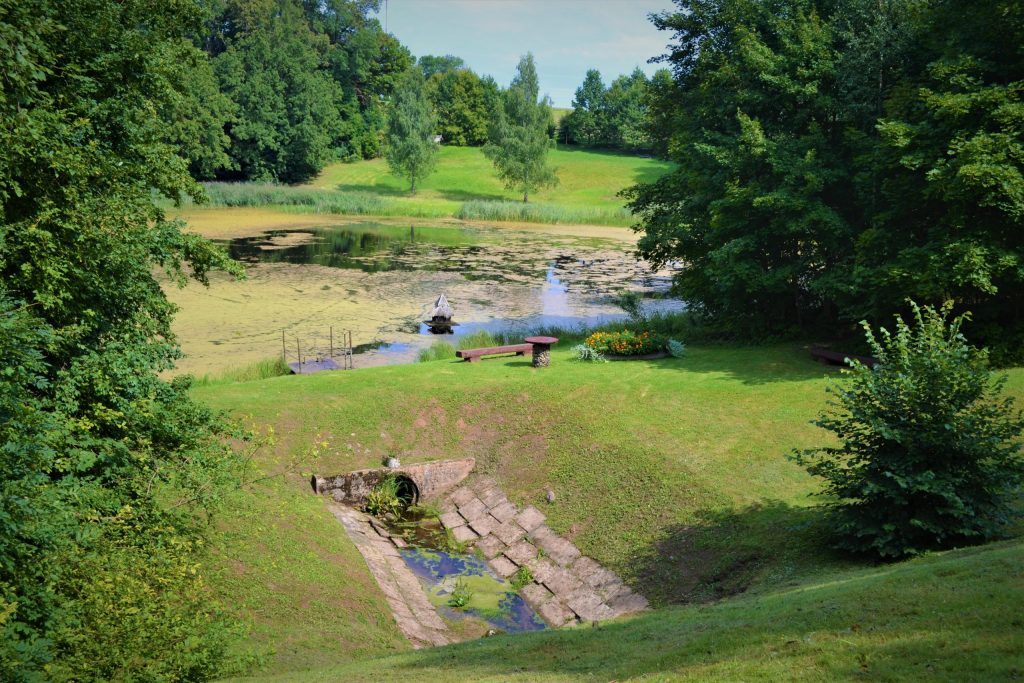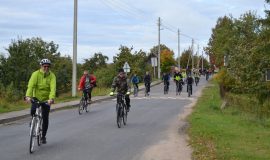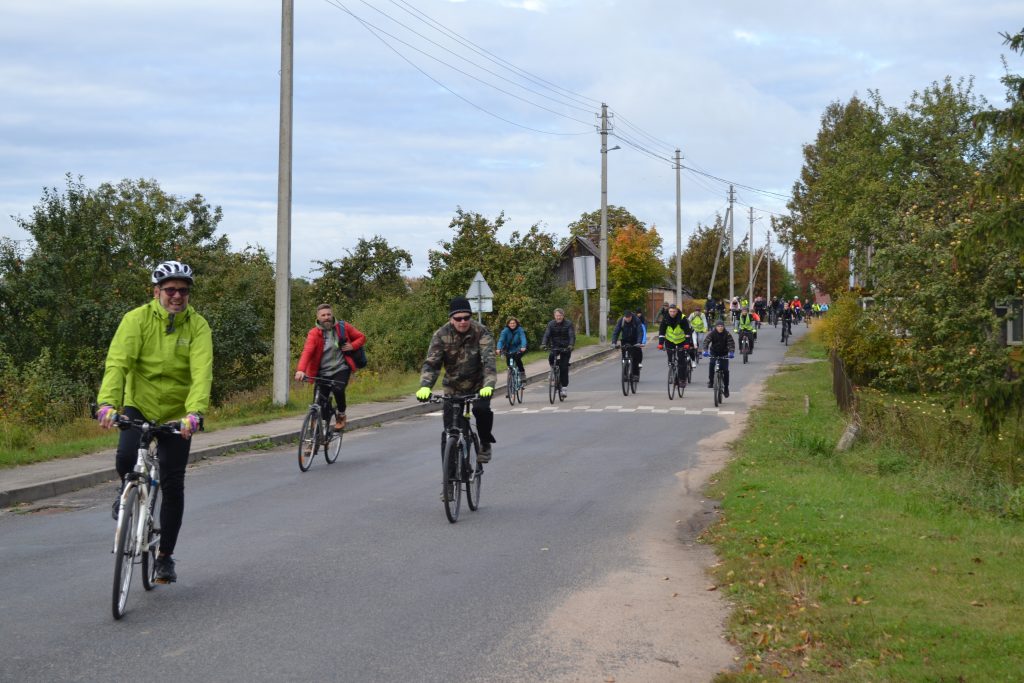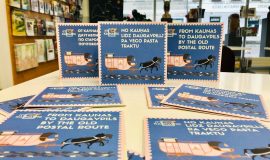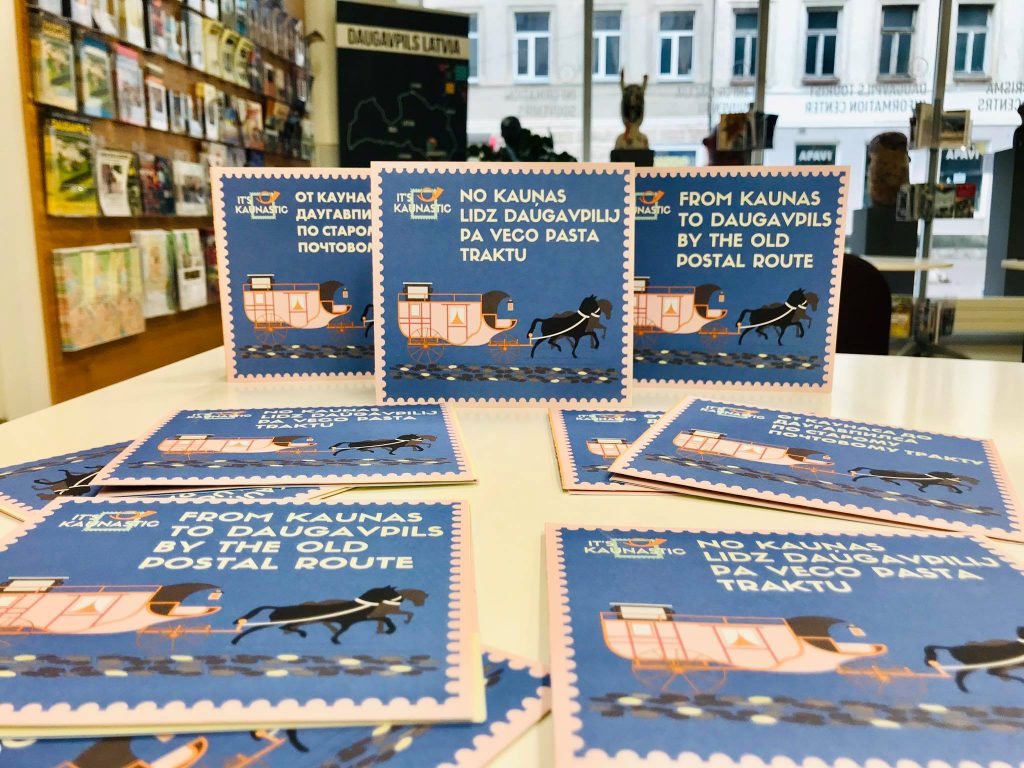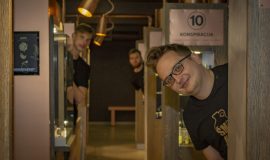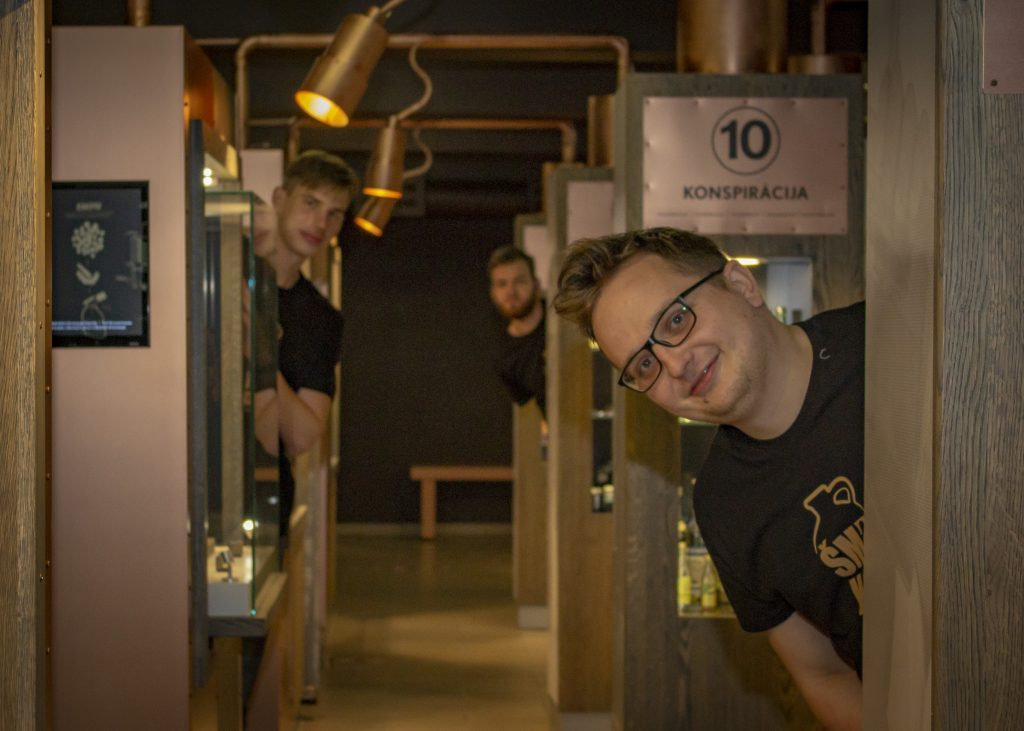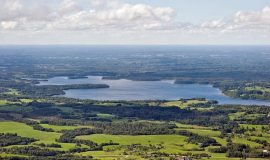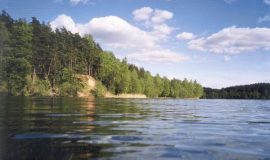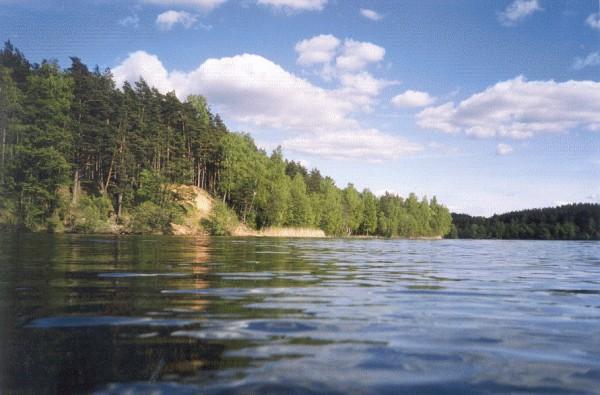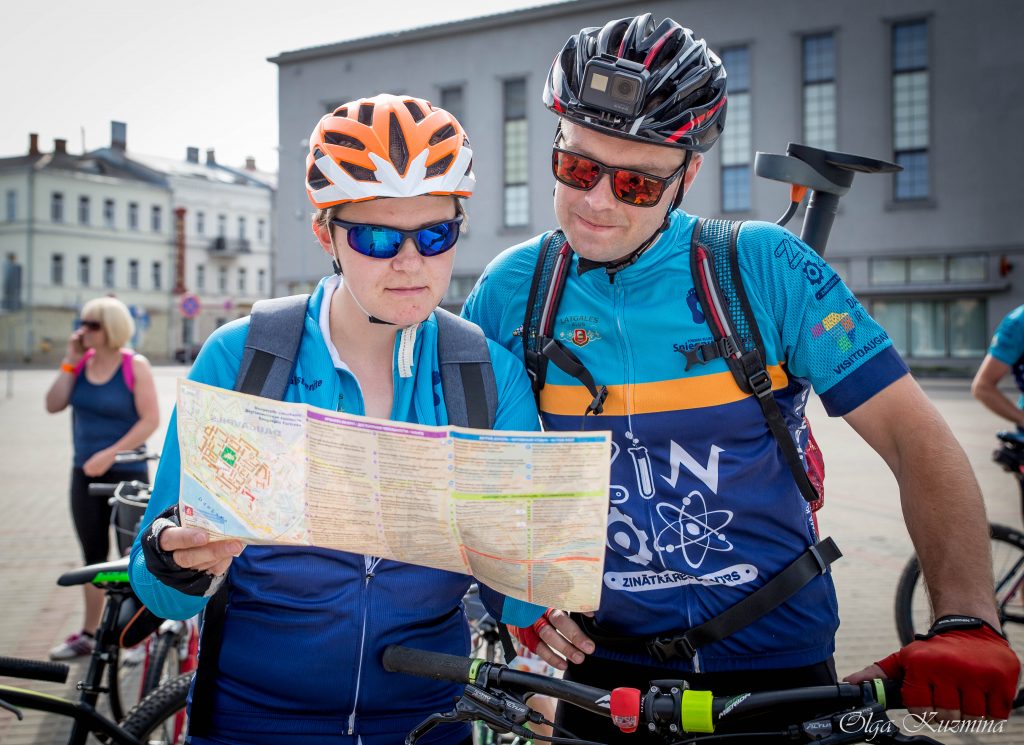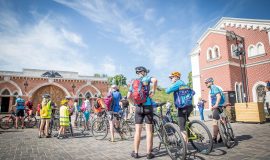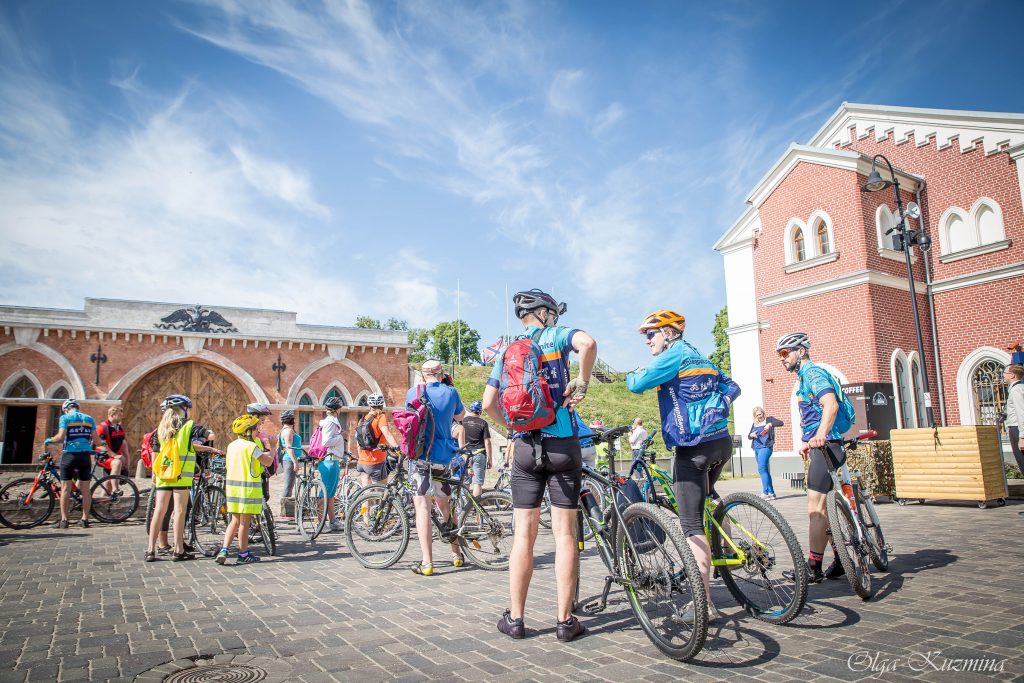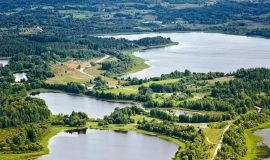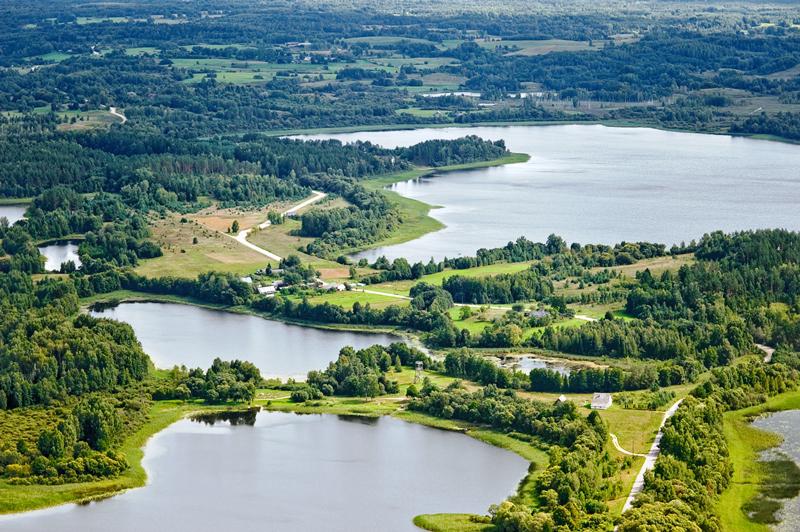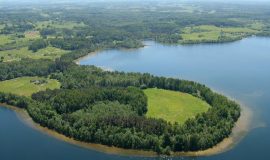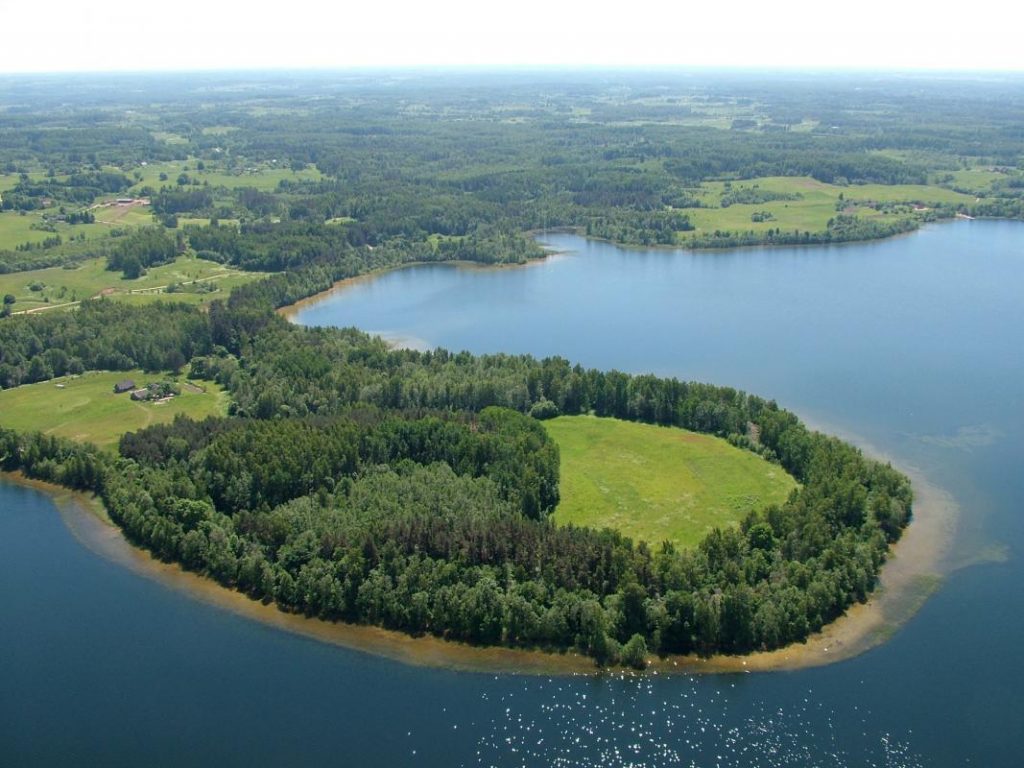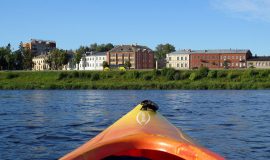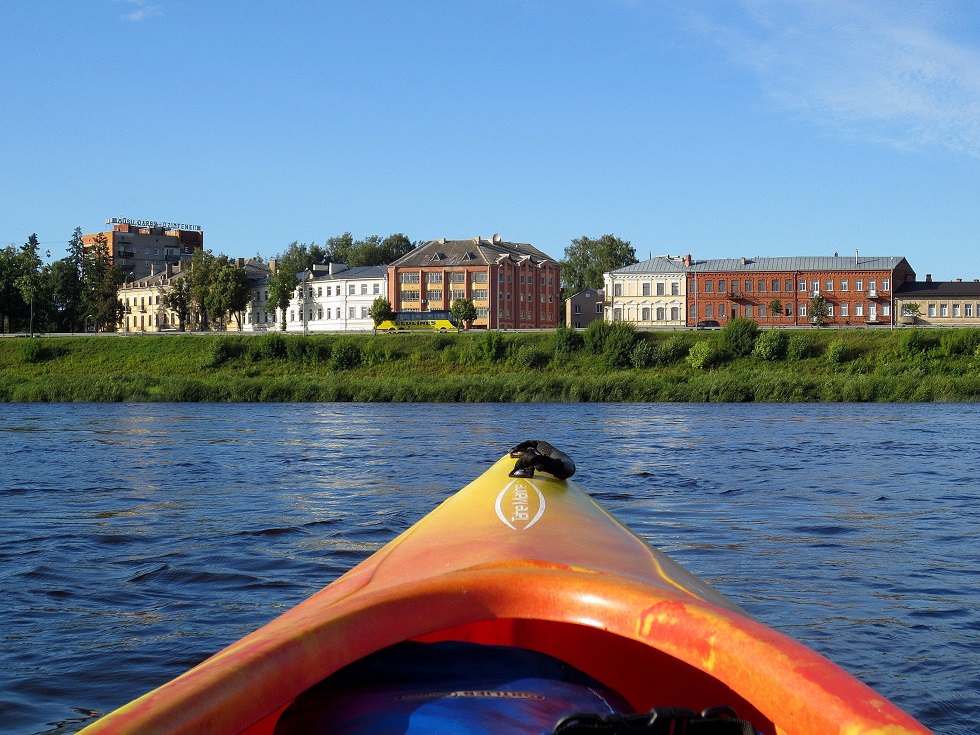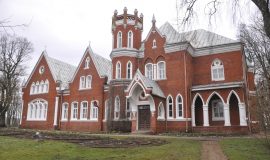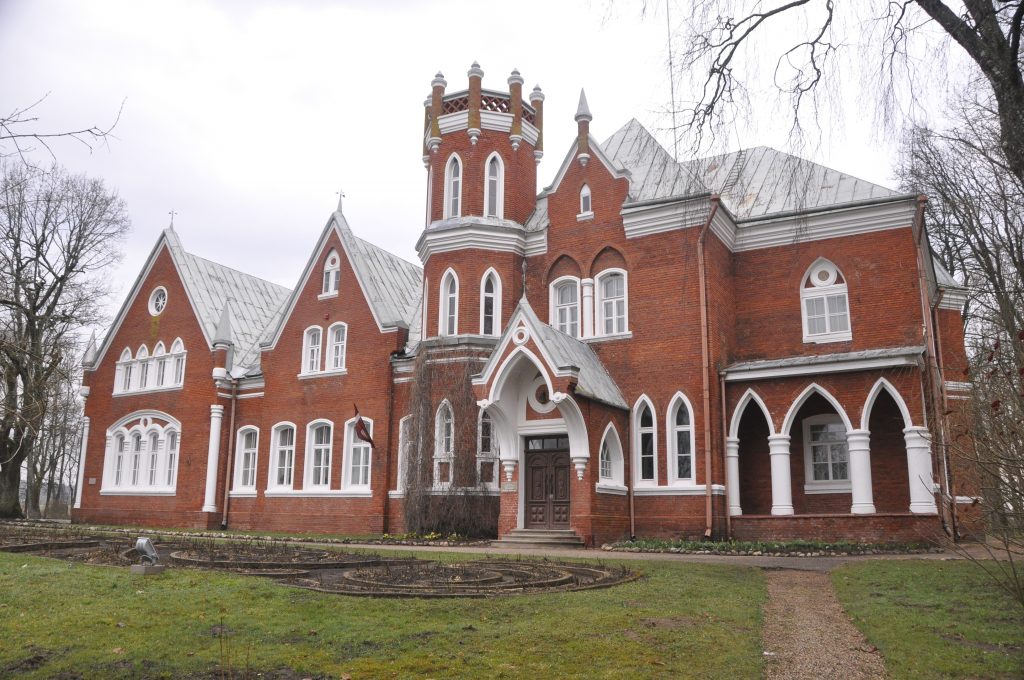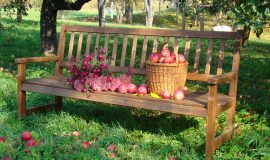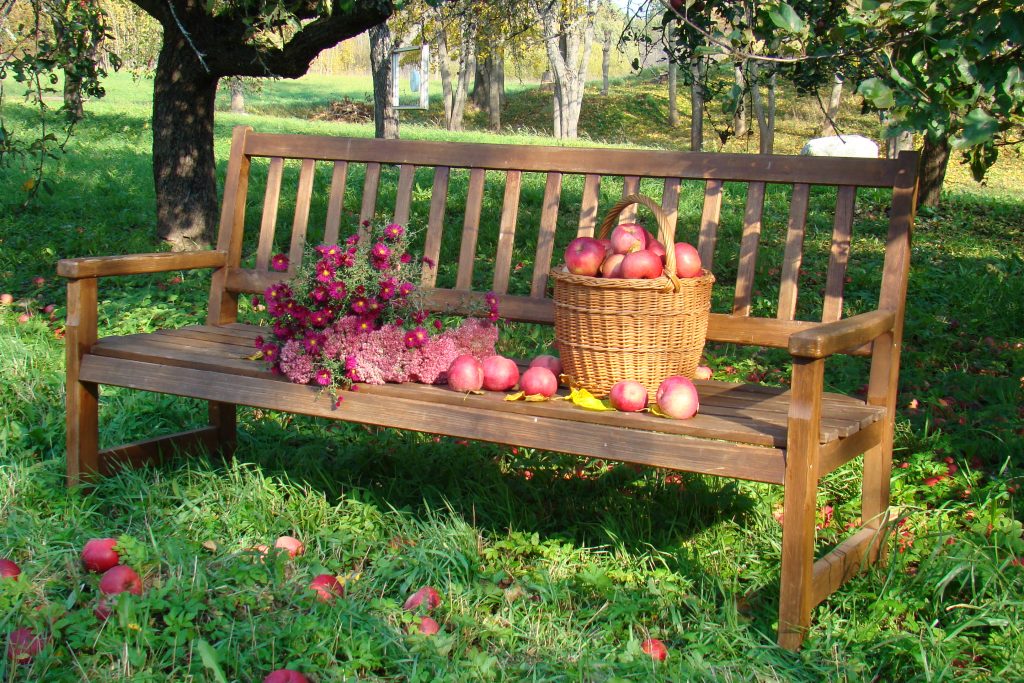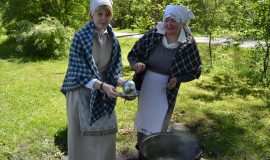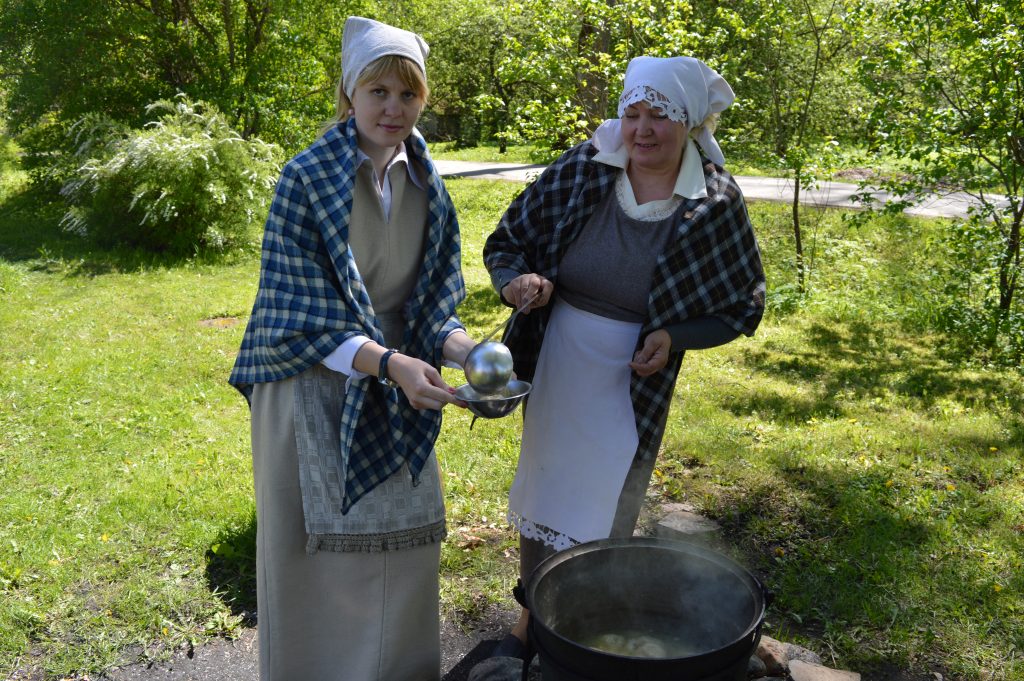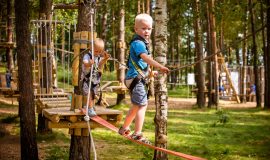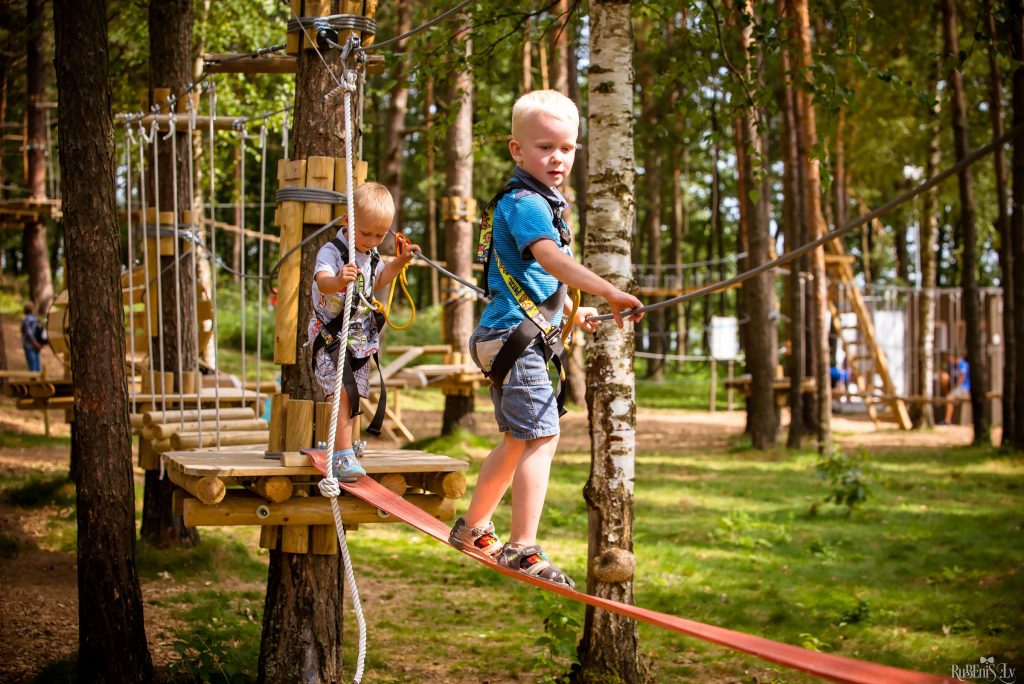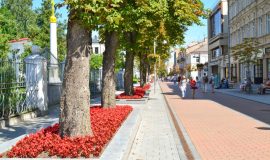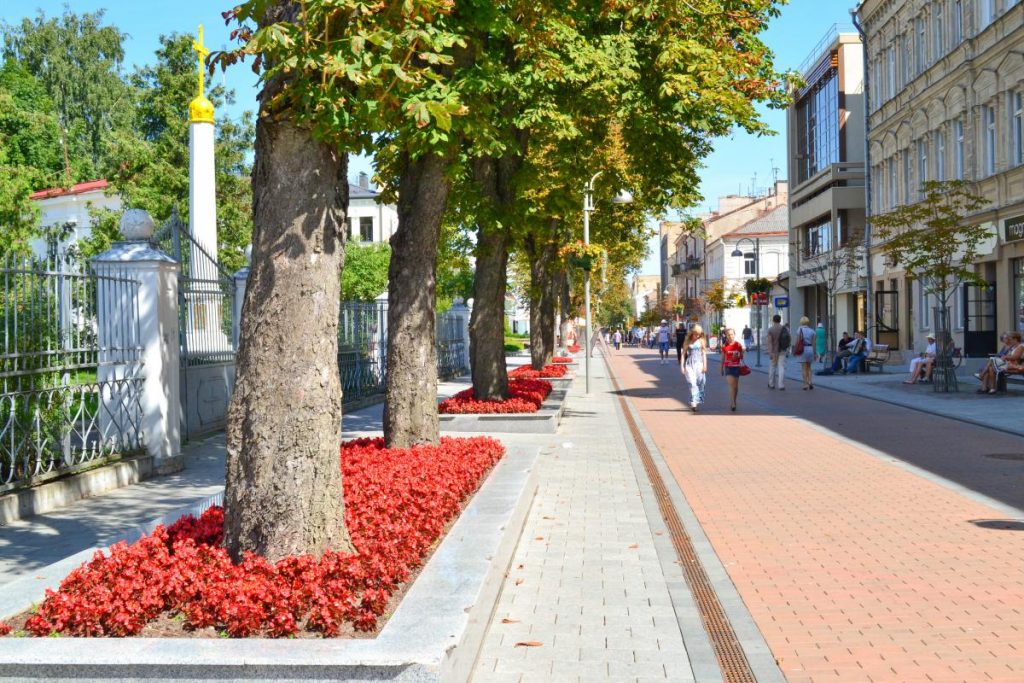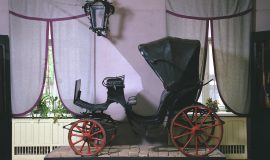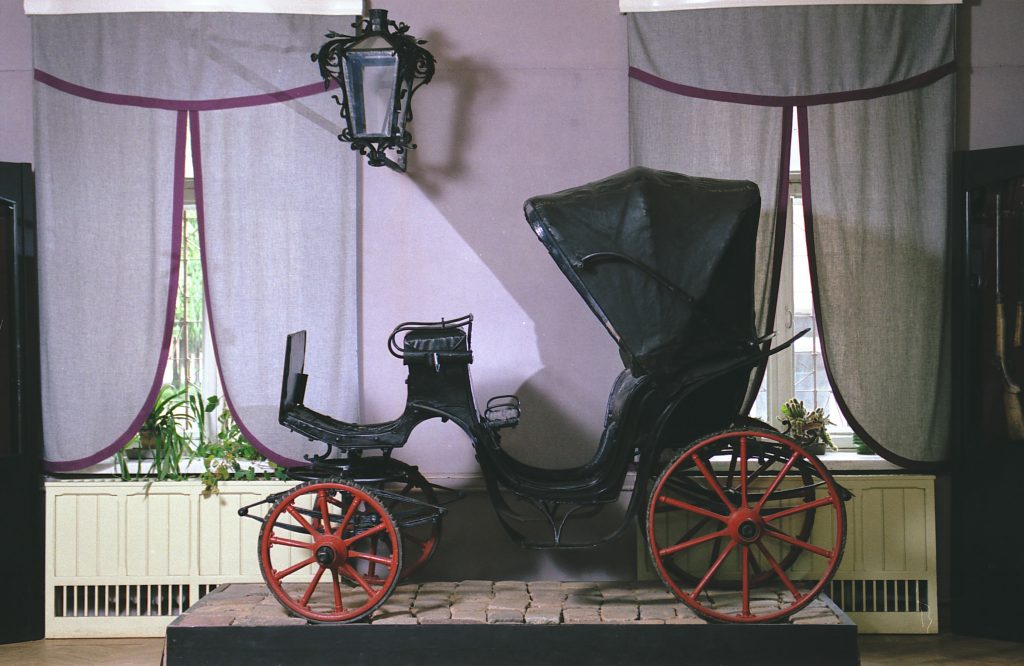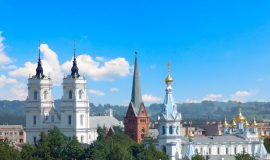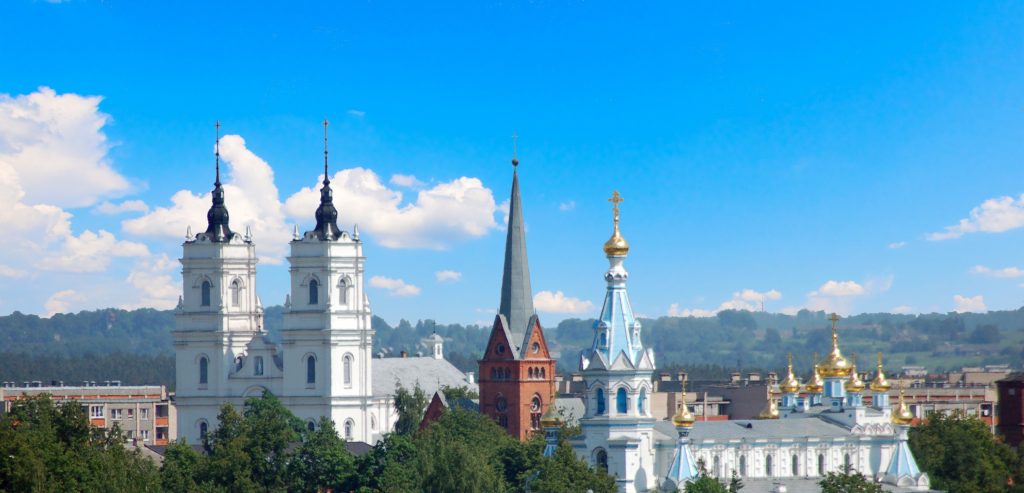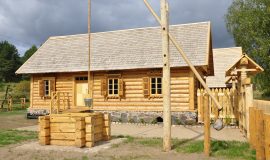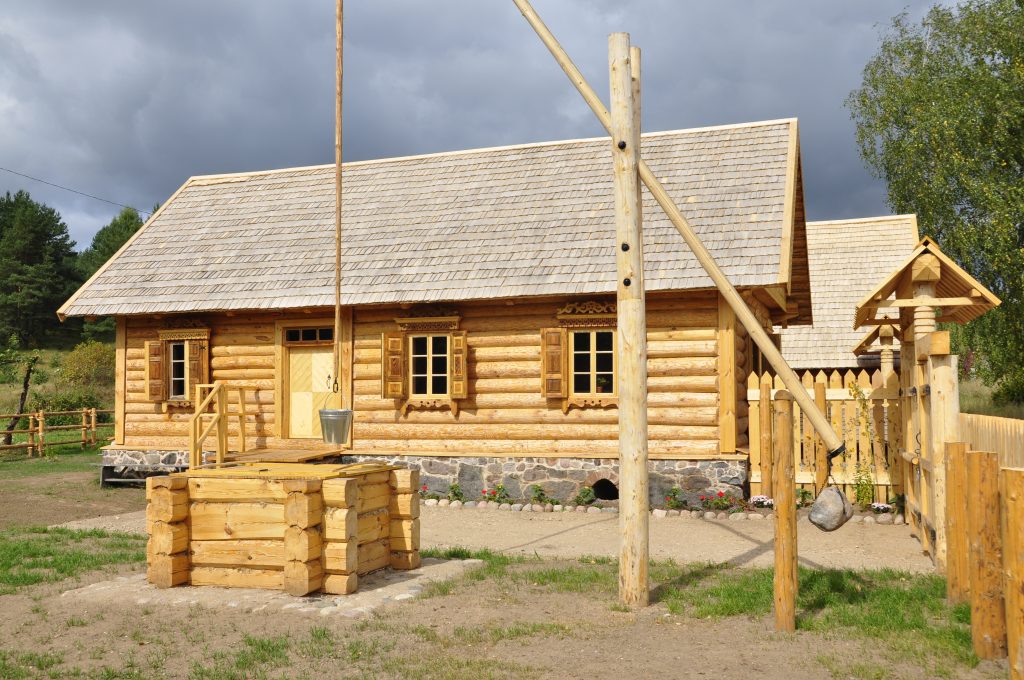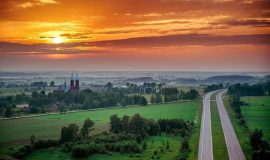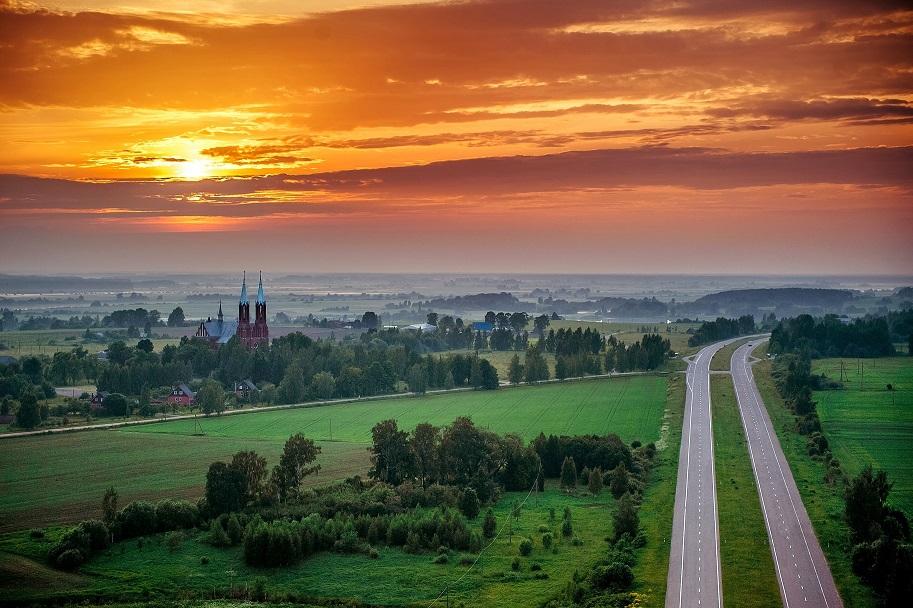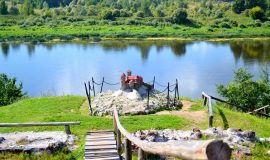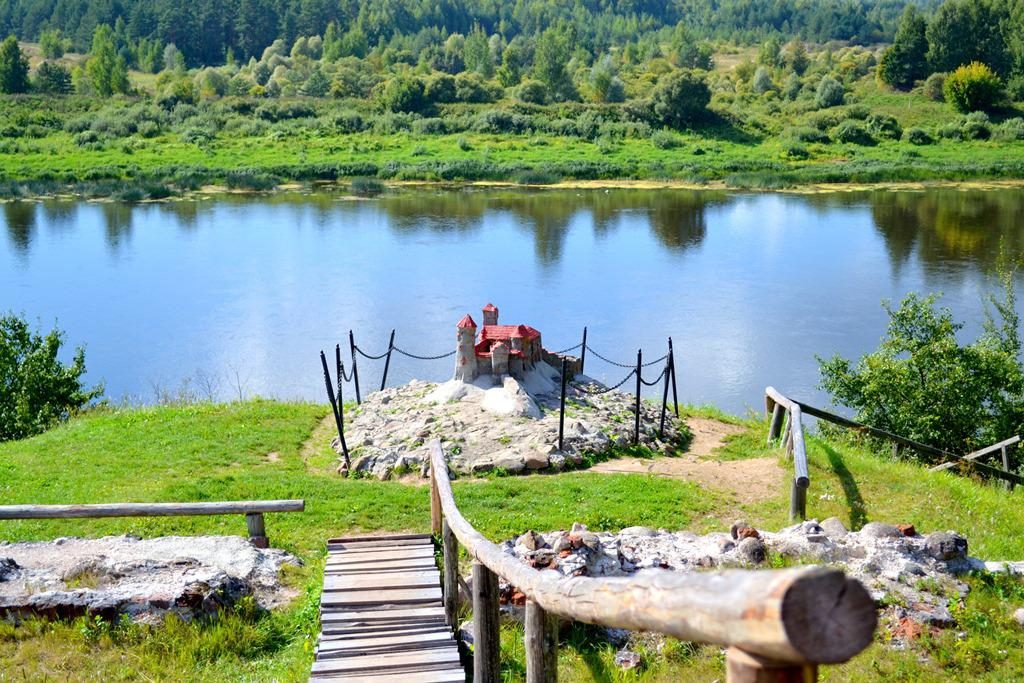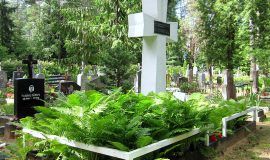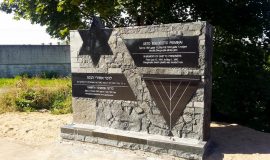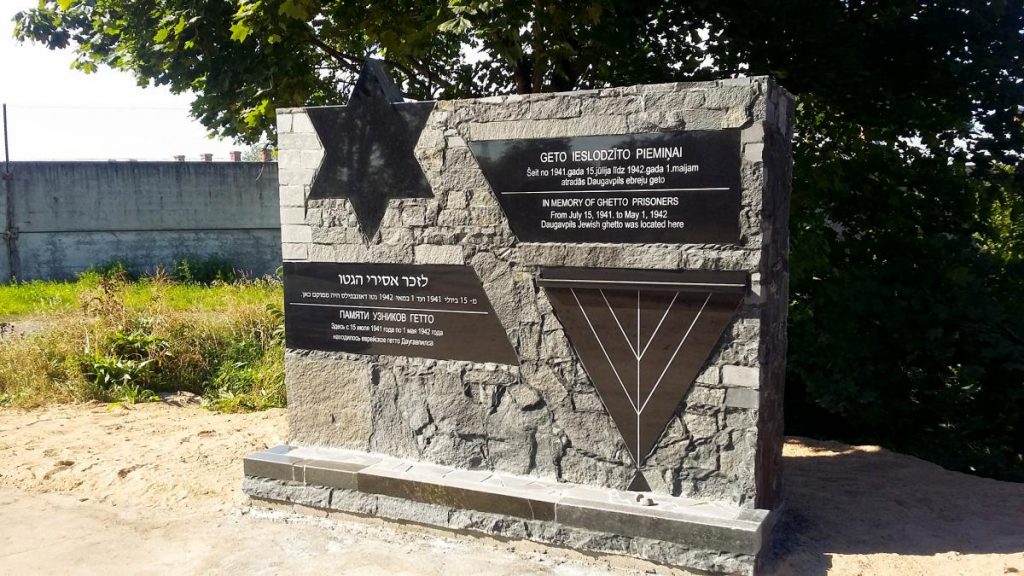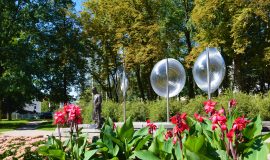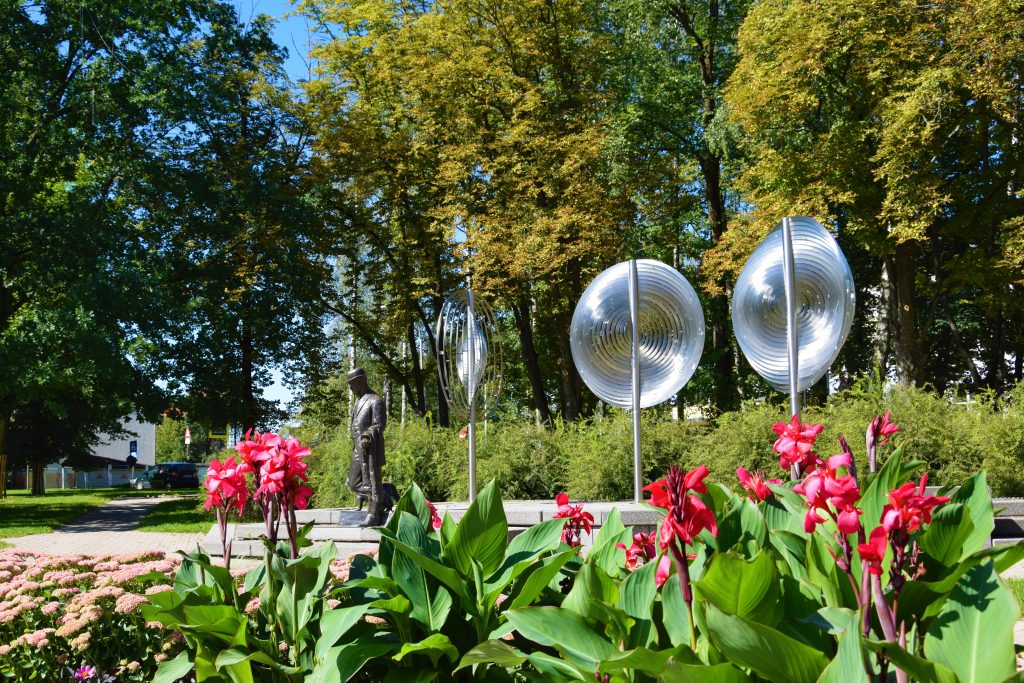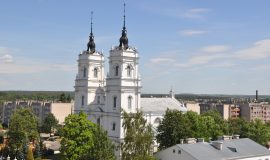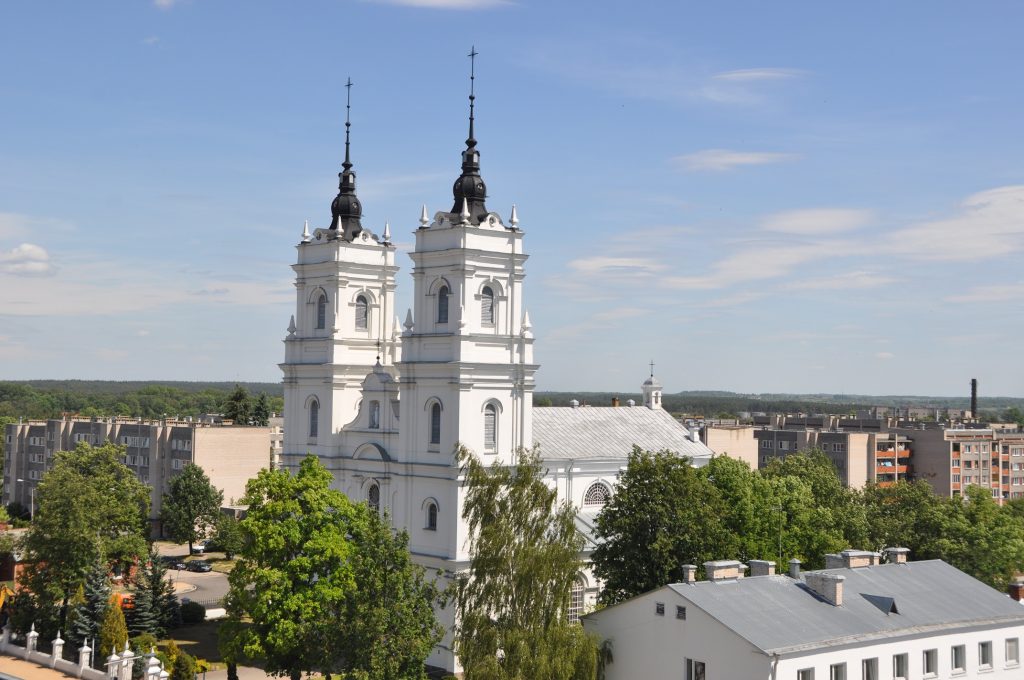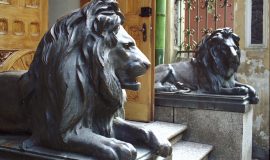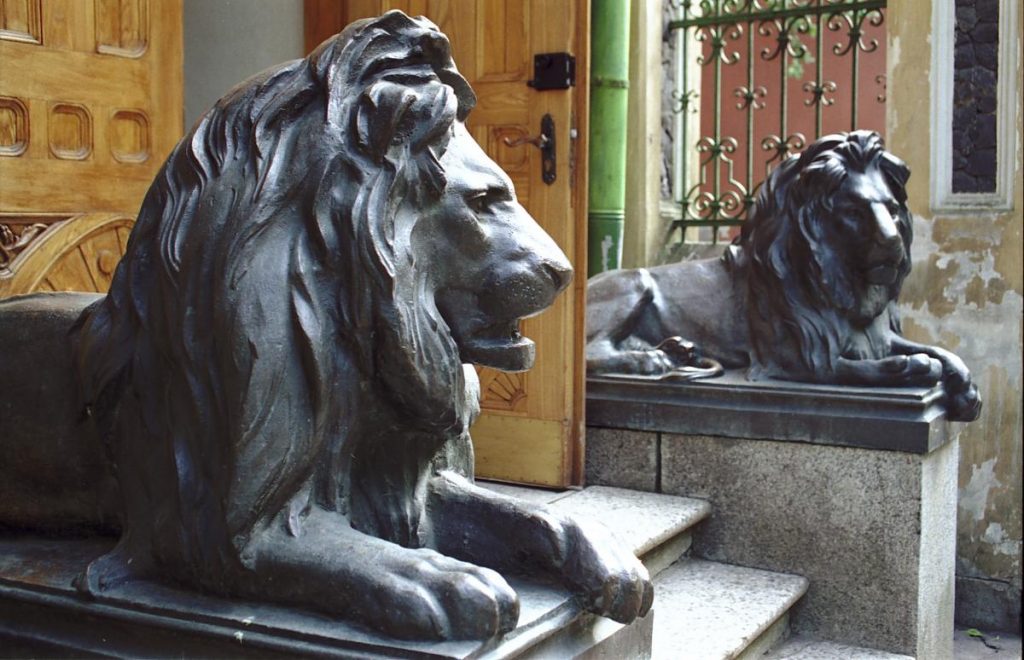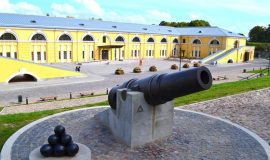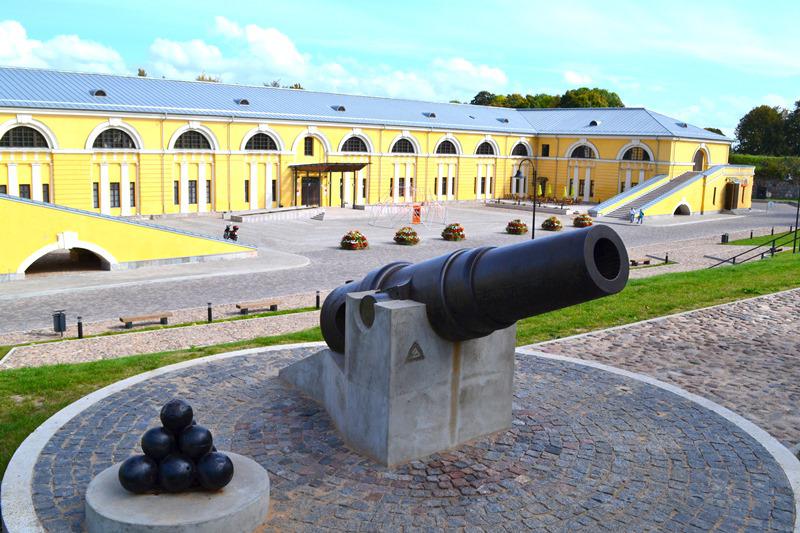A cognitive route that includes the Dviete floodplain and the nature park “Pilskalnes Siguldiņa”, flora, fauna, geological and cultural values, historical stories of Bebrene and Eglaine, the romance of the small town of Ilukste.
There is no added objects in your route planner.
We offer you to see already created routes:
Cycling route NO. 790 “Pa Pirmā pasaule kara bunkuriem” en
The marked cross-border route that crosses the territory of Latvia and Lithuania. During the route, it is possible to see several better-preserved bunkers, as well as the expositions of the First World War in Medumi and Turmantas (Lithuania), dedicated to the First World War.
The historical tourist route “From Kaunas to Daugavpils along the old postal route”
The historical tourist route “From Kaunas to Daugavpils along the old postal route” invites you to travel along the old postal road that connected Daugavpils and Kaunas. This route connects the second largest cities in Latvia and Lithuania with two hundred kilometers of history, adventure and discovery. The route includes cities in Latvia and Lithuania … >>
The gastronomic tourist route “Latgalian road of shmakovka”
This is gastronomic tourist route that is placed in the territory of Latgale and that unites seven tourism objects and home producers related to the shmakovka drink. An exciting story awaits you about the guilty pleasure of Latgale – shmakovka. You will have the opportunity to get acquainted with the history of drink creation, production and distillation process, as well as to try the real taste of Latgale at every stop on the route.
Cycling route No. 786 “Sventes ezera loks”
Augsdaugava district cycling route No. 786 “Sventes ezera loks” leads along Svente lake – one of the deepest and clearest lakes in Latvia. The total length of the route is about 27 km.
Cycling route No.787 “Silenes dabas parks”
The route No. 787 “Silenes dabas parks” is a research cycling route that includes flora, fauna, geological and cultural values of Silene Nature Park.
The regional cycle route Nr.35 “Daugavas Loki”
The cycle route Nr.35 is an itinerary that includes architecture monuments of the two cities such as churches, castles and a fortress, as well as the landscapes of one of the most astonishing stages of the Daugava River. While travelling around this route, you will have an opportunity to get acquainted with Latvian, Russian and Polish cultural and historical heritage, with the most popular sightseeing places and with the daily life of the local community.The full length of the route is 122.8 km.
Daugavpils stage of the regional cycle route Nr.35 “Daugavas loki”
The cycle route covers Daugavpils city, Daugavpils and Kraslava Districts and allows to get acquainted with nature, culture and history of the region. The length of the route is 122.8 km.
Cycling Route No. 779 “Luknas ezera loks”
This cycling route leads 17,8 km around the Lukna Lake, that is the most scenic place in Viski parish, Daugavpils District. There are numerous of interesting objects.
778th Cycling Route “Augšzemes ezeru loki”
This cycling route leads 56,5 km across the Daugavpils neighbourhood Griva with its traditional building and the Daugavpils District nature parks of Medumi and Svente, that is a part of the Protected Landscape Area „Augšzeme“. There are several churches on the way and places where the famous Latvian poet Rainis has spent his childhood — … >>
Water tourism route “Slutišķi – Daugavpils – Līksna – Nīcgale”
Route. The route is suited to active boaters who love long boat trips and enjoy discovering interesting nature, cultural and historical monuments. Because of high waves during windy time, the route is not suitable for boaters with little or no experience. The route will not fit to lazy ones as it requires strength and strenuous … >>
Get to Know Manors and Castles of Augsdaugava District!
1. Buildings of Mols manor and park
Viski, Viski parish, Augsdaugava region
The building was established in the late 19th century. The castle was built for the birth of Polish landlords – Mols. It was the castle with two towers. The castle was destroyed during the World War I. The barn, the shed and the 2-storeyed living building as well as the open-planed park, where you can observe 75 species of trees and shrubs, have survived till nowadays.
Apple Taste Way
Have a look into the working process of the modern farm and agricultural product processing, visit Rainis House in Berkenele where the poet’s personality and worldview began to form and the first verses were born. Find out about farming in the Berkenele apple garden in Rainis childhood times and nowadays.
Visit to the Ancient Craft Masters
Get to know local craftsmen and rural producers’ work, visit lots of farmsteads and Skrinda Family Museum of Vabole. Try your hand in ancient crafts: weaving, woodcarving and smithcraft. Dare to shoot a bow and arbalest, treat yourself with local delicacies during the excursion route and taste a traditional meal of Vabole.
“Let’s go to Daugavpils!” School Excursion
In anticipation of the long-awaited school vacation, a tourist route for pupils “Let’s go to Daugavpils!” offers ideas where to go on a small family trip or an organised group excursion during the spring or autumn holidays. This route aims to diversify the learning process and will help to gain new knowledge.
Open the history of Daugavpils!
This route is designed to explore the Daugavpils, the second largest city in Latvia. The historical centre of Daugavpils city is an architectural heritage of national importance (the construction work was carried out in the 19th century according to the project endorsed in St Petersburg in 1826). Daugavpils is one of the few cities in Latvia which can pride itself on a unified ensemble of both classic and eclectic styles.
Take a look at the hope chest of the Daugavpils Museums!
We invite you to visit Daugavpils Museums and to explore the cultural and historical heritage that is preserved for a long time. Museums are usually the places that invite us to explore the history, traditions, culture and the identity.
Sacral pearls of Daugavpils
This route will help to get acquainted with the sacral heritage of Daugavpils – holy places and churches of the main religious confessions. A variety of churches of different confessions contribute to the city panorama with its diversity of architectural styles, from Baroque and Neo-gothic to the Byzantine style.
Lunch in a Village of Prosperous Old Believers
In the forest, on the right bank of Daugava – River of Destiny Slutiski Village is situated. Latgalian Old Believers used to settle in Slutiski from the beginning of the 18th century, hiding behind the Markova Hillfort “back”. Visit the village, breathe fresh air and admire the landscapes of the Daugava River, find out more about Old Believers lifestyle and habits, as well as taste a meal in Old Believers’ style.
Along the Steps of Earls Plater-Zyberk in Daugavpils and its Surrounding
Grāfu Plāteru dzimtas izcelšanās meklējama viduslaiku Vācijā, Vestfālē, kad 1210.gadā pirmo reizi tiek minēts Vestfāles bruņinieks Humberts fon Plāters. Plāteru senči Baltijā ieradās kopā ar krustnešiem. Apmetušies Latgalē, viņi asimilējās un pieņēma poļu kultūru, veidojot radniecīgas saites ar Zībergu dzimtu. Laika gaitā Plāteri-Zībergi kļuva par vienu no ievērojamākajām un ietekmīgākajām dzimtām Latgalē. Viņu īpašumi atradās ne tikai Latgalē, Vidzemē un Kurzemē, bet arī Polijā un Lietuvā. Par Plāteru-Zībergu līdzekļiem uzbūvētas vairākas muižas, pilis, baznīcas, ierīkoti parki, kas ir saglabājušies arī pašreizējā Daugavpils un Ilūkstes novada teritorijā. Šis grāfu Plāteru-Zībergu devums ir neatņemama kultūrvēsturiskā mantojuma sastāvdaļa un arī nozīmīgi apskates objekti, kas ceļojuma laikā sniedz neaizmirstamus iespaidus.
Visit Daugavpils and discover the old Dinaburg!
This route gives an opportunity to get acquainted with the city and nature park “Daugavas loki” (Daugava Valley) where located Vecpils Castle mound and the Dinaburga Castle ruins. You can see the ruins of the foundation of Dinaburg castle, built in 1275 and a model of castle.
Polish Army Divisions in Battles for the Independence of Latvia
Units of Polish Army entered Latvia in the end of August 1919 and after a month completely pushed back Red Army from the left bank of Daugava thus fortifying their position in Eastern part of Ilukste district. On 3 January 1920 together with Latvian Army units I and III Legion divisions of Polish Army launched the attack over Daugava. At the same day they liberated Daugavpils and later – Kraslava, Viski, Rusona, Dagda and other towns and villages. Fighting together with Kurzeme Division units of Latvian Army groups of forces of Polish General E.Rydz-Śmigły until February liberated Southern Latgale, but in 1920 left Latvia. Choosing this tour route the interesented ones have an apportunity to get acquainted with resting places of Polish soldiers.
Jewish Heritage in Daugavpils
A significant part of the population of Daugavpils had been Jews since the beginning of the 16th century. Therefore, Daugavpils is a place where outstanding Jews such as Mark Rothko, Solomon Mikhoels, Oskar Strok, Gzegoz Fitelberg and other came from. This route offers to learn about the history, culture and religion of the Jews, as well as to know more about the Holocaust.
Explore Daugavpils city!
This route includes the most popular sights of Daugavpils, which are worth seeing for every guest of the city.
Polish Heritage in Daugavpils
In Daugavpils at the present moment there live approximately 15% of Poles. In the city there functions Polish Culture Centre and Polish Gymnasium. President of Poland Bronisłav Komorowski, who visited the city in 2010, named Daugavpils the Capital of Latvian Poles.
Walking by Daugavpils
Walking tour. During the excursion you will visit Daugavpils fortress and a unique monument of the 19th century – the historical center of Daugavpils with its buildings constructed in the style of Russian Empire and Modern. You will see a unique building of House of unity – the monument of the monumental building of the period of independent Republic of Latvia. Park Dubrovina was created in the late 19th century and it is the decoration of the city, where you can relax near the fountain in the shade of ancient trees.
Get to Know Daugavpils – metropolis of Eastern Latvia!
The 19th century fortress and the Church Hill with the churches of four different confessions situated there are the symbols of Daugavpils. Daugavpils is one of the few Latvian cities that can boast of a unique ensemble of classical and eclectic buildings. Welcome to Daugavpils!


